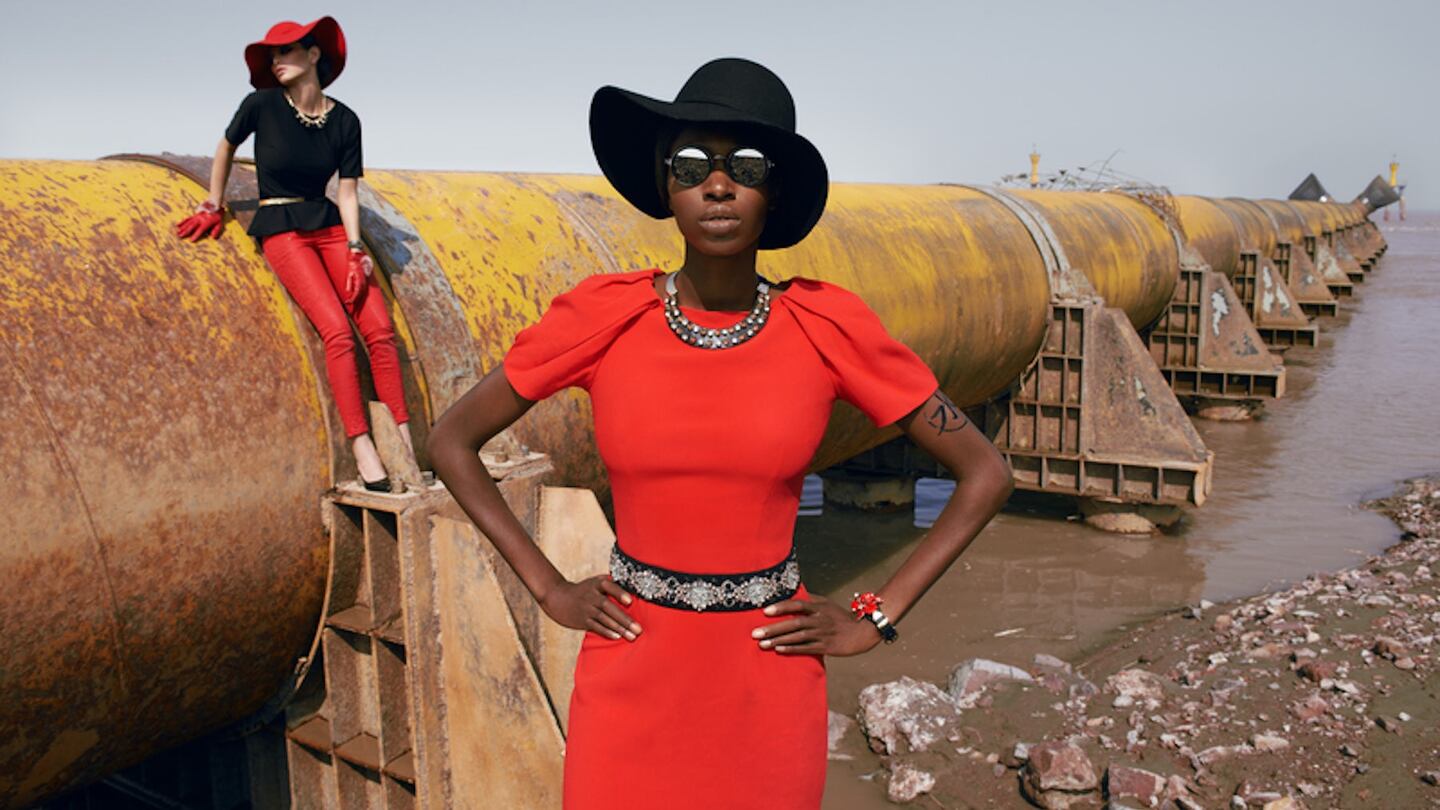
The Business of Fashion
Agenda-setting intelligence, analysis and advice for the global fashion community.

Agenda-setting intelligence, analysis and advice for the global fashion community.

AMSTERDAM, Netherlands — The fashion industry has made progress toward purging its supply chain of hazardous chemicals, Greenpeace said in a new report. Luxury brands, however, are lagging behind.
“We were really asking brands to take responsibility for the whole production, the whole supply chain, instead of just focusing on the finished products,” said Kirsten Brodde, co-author of the Detox Report. “Looking at the supply chain, this is something where now I would say the fashion industry is leading the way and showing others how to do it.”

Dye Factory in Shaoxing | Source: Courtesy
Over the course of the campaign, Greenpeace has signed on 80 apparel companies to “detox” by 2020, including sportswear brands such as Puma, Nike and Adidas, fast-fashion giants including Primark and H&M, as well as outdoor brands, suppliers and denim brands including Levi’s and G-Star Raw.
ADVERTISEMENT
Almost all detox-committed brands have moved towards greater transparency by implementing regular water-waste testing and disclosing the results. In addition, 72 percent of brands either already publish or have committed to publishing an extended list of suppliers to include wet processing suppliers (typically washing and dying) lower down the supply chain.
According to the report, fast-fashion giants Inditex, H&M and Uniqlo-owner Fast Retailing were among the companies leading the way, as was Benetton.
Policy could really level the playing field now and really enforce some kind of due diligence.
Nevertheless, the organisation is pleased with the progress of the brands that have pledged to detox their supply chains have made.
https://www.youtube.com/watch?v=2anxU9z4Rac
Related Articles:
[ Fashion's 7 Priorities To Achieve SustainabilityOpens in new window ]
[ At Copenhagen Summit, Turning Sustainability Commitments Into ActionOpens in new window ]
Brands from Valentino to Prada and start-ups like Pulco Studios are vying to cash in on the racket sport’s aspirational aesthetic and affluent fanbase.
The fashion giant has been working with advisers to study possibilities for the Marc Jacobs brand after being approached by suitors.
A runway show at corporate headquarters underscored how the brand’s nearly decade-long quest to elevate its image — and prices — is finally paying off.
Mining company Anglo American is considering offloading its storied diamond unit. It won’t be an easy sell.